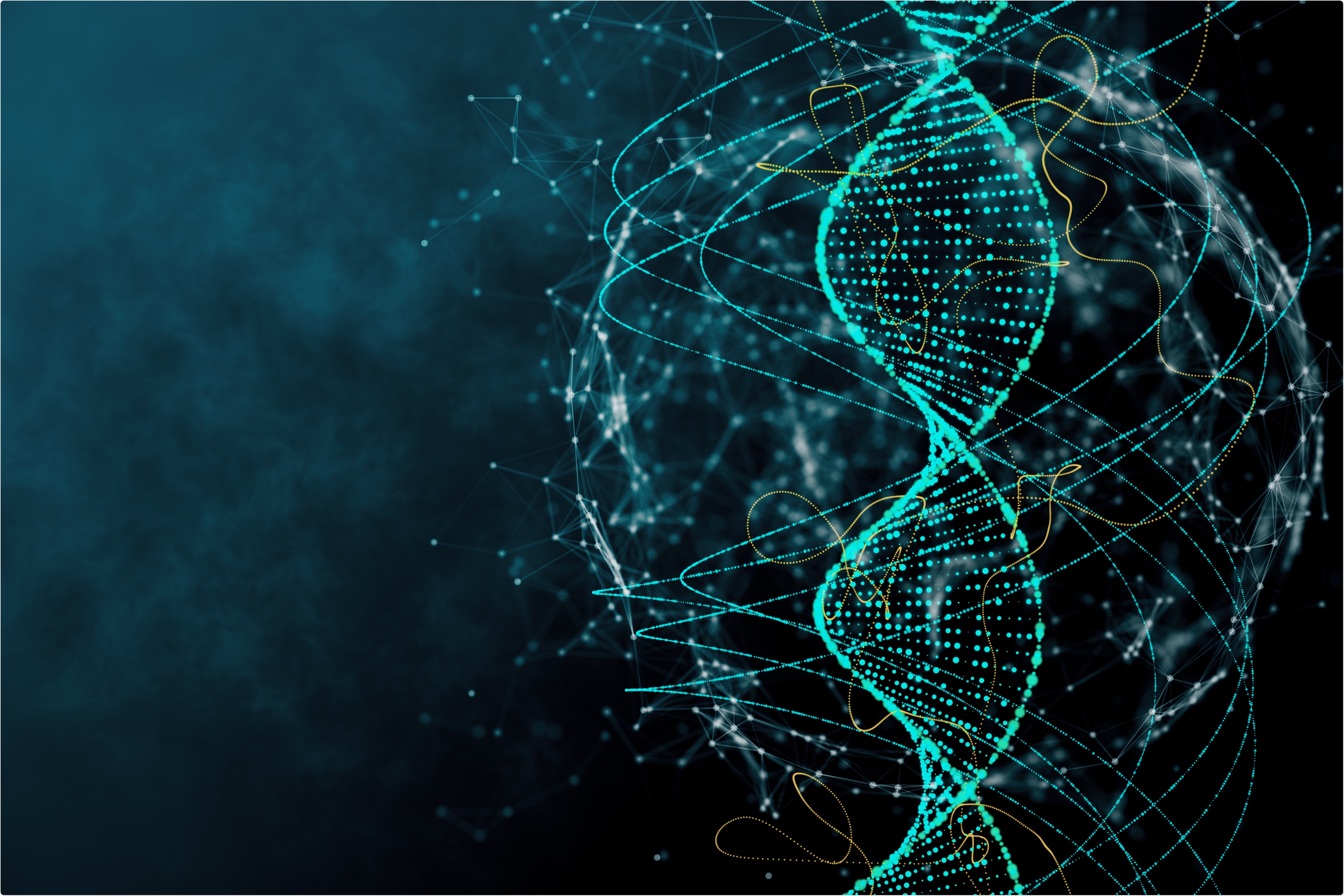The DNA in every human cell is subjected to thousands of insults and injuries on a daily basis, and that is why the human body has developed several highly efficient systems for repairing DNA damage.

Image Credit: Peshkova
We have in place exquisite mechanisms to repair DNA breaks, and when those fail, we end up with disease. We accumulate genomic instability, we accumulate mutations, and many diseases happen because of the inability of cells to repair DNA.”
Raul Mostoslavsky MD, PhD, Scientific Co-Director, Cancer Center Massachusetts General Hospital
Raul Mostoslavsky is also the Laurel Schwartz Professor of Oncology (Medicine) at Harvard Medical School.
Repairing DNA damage is a two-edged sword: It may cause diseases like cancer and degenerative motor disorders when it goes wrong, but it can also be used to cure many types of cancer using treatments that interfere with DNA’s capacity to repair itself, causing cancerous cells to cease reproducing and die.
Mostoslavsky adds that previous investigations of DNA repair processes used protein purification technologies established by biochemists, but these systems had limited yields or “throughput.”
We decided to develop a high-throughput assay to try to identify repair factors in a more unbiased way. We ended up developing a unique microscope-based automatic system to generate DNA damage and to collect information on proteins that are recruited to these types of damage.”
Raul Mostoslavsky MD, PhD, Scientific Co-Director, Cancer Center Massachusetts General Hospital
Mostoslavsky and colleagues at MGH and Harvard devised a very sensitive approach for seeing DNA repair mechanisms in action, in collaboration with co-investigators from the National Cancer Research Center in Madrid and other centers in the United States, Canada, and China.
Scientists discovered nine novel proteins involved in DNA repair using this method, which might support researchers in the development of new cancer treatments and methods for increasing the efficacy of existing treatments.
In the journal Cell Reports, researchers present their new method that combines high-throughput microscopy and machine learning.
The researchers initially devised a high-throughput microscopy assay to investigate how proteins are drawn to or kept away from double-strand DNA breaks. Scientists were able to identify which of these proteins are activated when DNA damage occurs with this technique, yielding a library of 384 factors that are mostly unknown.
Consequently, researchers conducted a proof-of-principle investigation on one specific component, PHF20, which is kept away from the DNA damage site. Also, they discovered that PHF20 is removed because it can interfere with the recruitment of another essential DNA repair factor called 53BP1.
The methods created by Mostoslavsky and colleagues might aid in the treatment of ovarian and breast cancers that are caused due to mutations in the cancer-susceptibility genes BRCA1 and BRCA2. PARP inhibitors, a type of drugs that function by blocking a specific DNA repair factor, are used to treat certain tumors.
Source:
Journal reference:
Martinez-Pastor, B., et al. (2021) Assessing kinetics and recruitment of DNA repair factors using high content screens. Cell Reports. doi.org/10.1016/j.celrep.2021.110176.